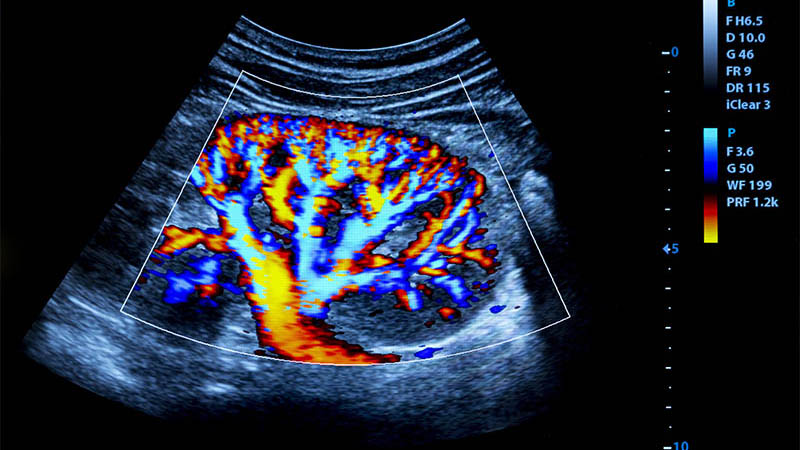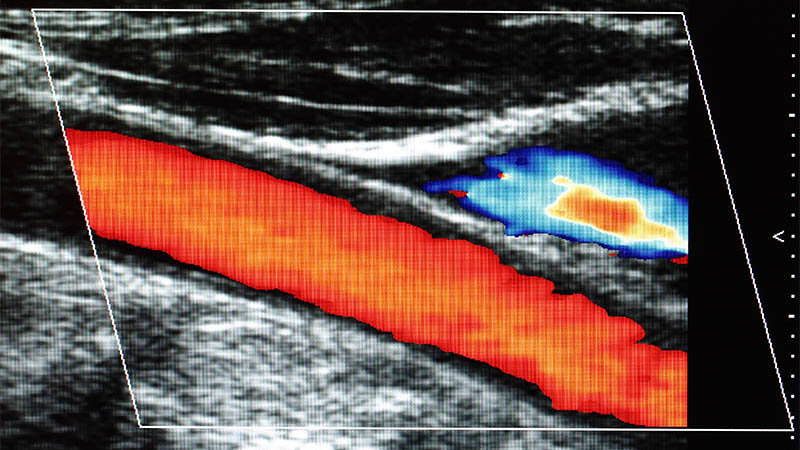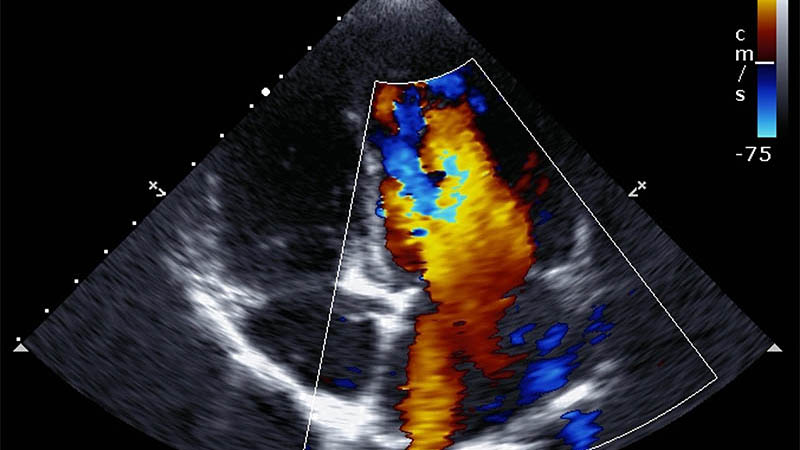Ultrasound imaging in floppy eyelid syndrome: anatomical and clinical considerations
Vasilios Batis1, Efstathios Detorakis1, Sophia Schiza2, Emmanuel Prokopakis3, Konstantinos Krasagakis4, Elena Drakonaki5
 Affiliation and address for correspondence
Affiliation and address for correspondenceAim of the study: Skin ultrasonography and elastography provide information on superficial tissue anatomy and elasticity. Floppy eyelid syndrome is characterized by eyelid hyperlaxity and is associated with several ophthalmic and systemic conditions, such as obstructive sleep apnea. This study evaluates the diagnostic role of ultrasonography and elastography in floppy eyelid syndrome. Methods: This is a prospective case-control study. Patients were recruited from the Oculoplastic Service of the Department of Ophthalmology at the University Hospital of Heraklion, Crete, Greece. The diagnosis of floppy eyelid syndrome was based on the eversion of the upper eyelid upon unassisted digital traction. Cataract surgery candidates without floppy eyelid syndrome were consecutively recruited as controls. Patients with a history of previous eyelid pathology or surgery were excluded. Ultrasound examination was performed using high-frequency linear probes (GE E9) for B-mode imaging and shear wave and strain elastography. Upper airway measurements included tongue thickness and upper airway length. Clinical and demographic findings were recorded. Results: Twenty-eight patients were included (14 with floppy eyelid syndrome, 14 controls). Orbicularis muscle elasticity in kPa was significantly higher in the floppy eyelid syndrome group, compared with controls (independent samples t-test score 2.64, p = 0.04). Tongue thickness and upper airway length were also significantly correlated with several eyelid B-mode and elastography parameters in patients with floppy eyelid syndrome, including subcutaneous fat and orbicularis muscle thickness and elasticity. Conclusions: Findings from this feasibility study imply that ultrasound and elastography parameters may be used in the evaluation of floppy eyelid syndrome and support an association between eyelid elasticity and upper airway anatomical parameters in this condition.








